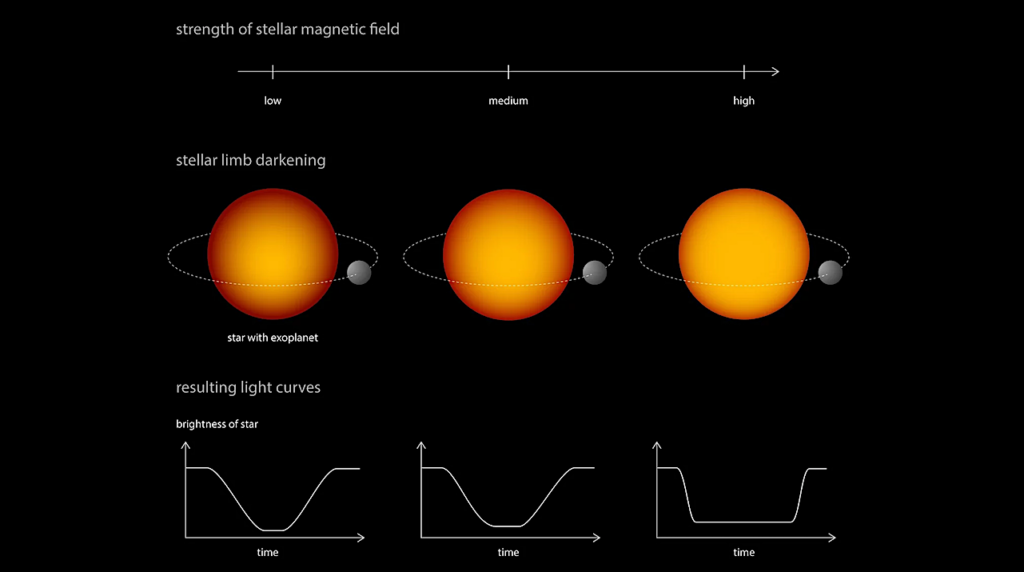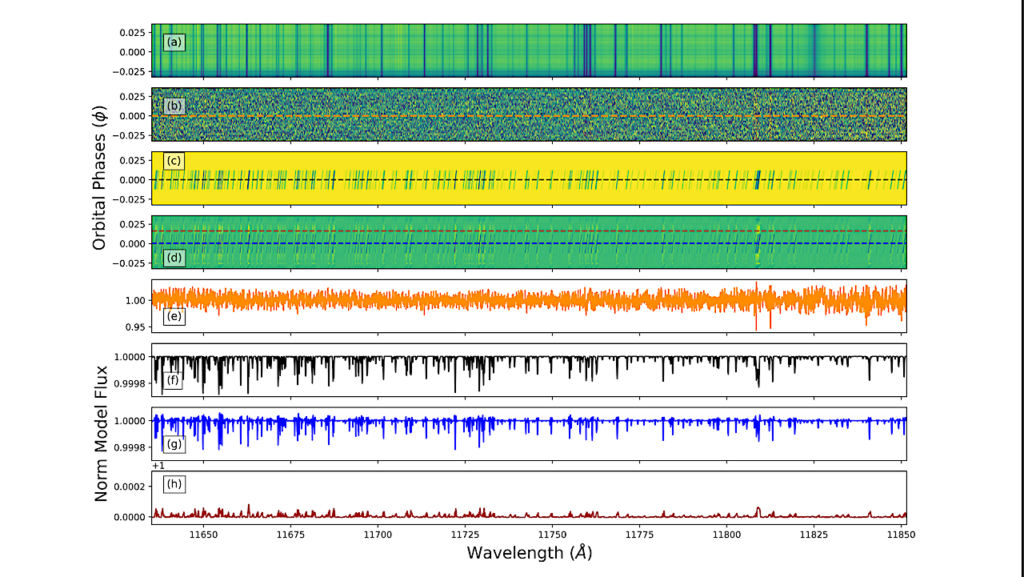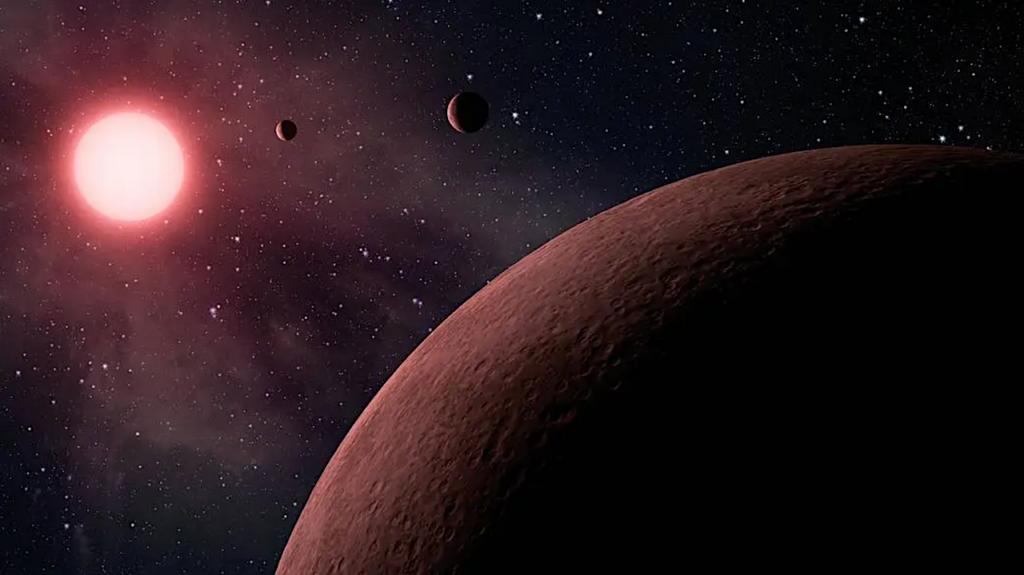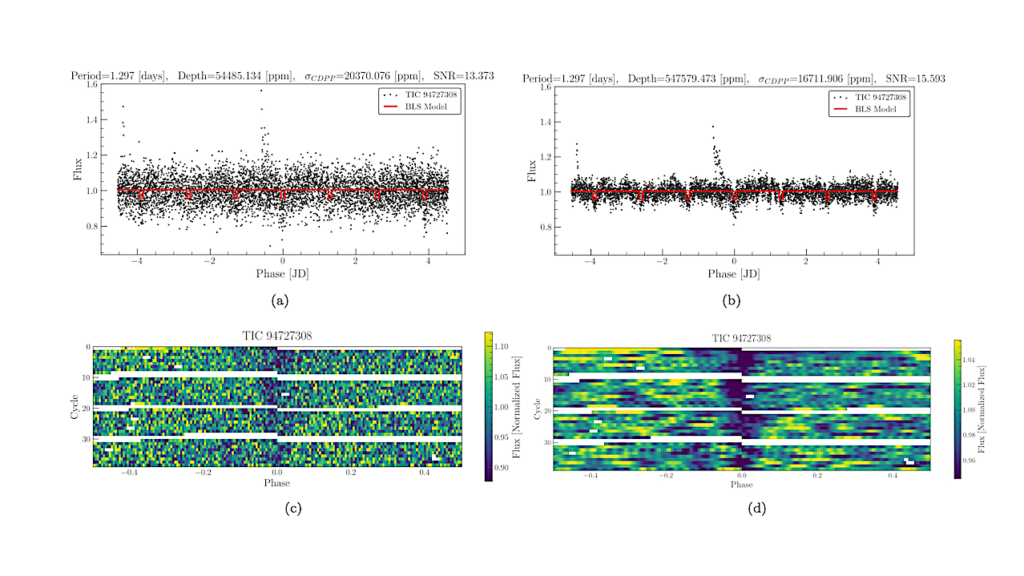Towards a More Complex Description of Chemical Profiles in Exoplanets Retrievals: A 2-layer Parameterisation

State of the art spectral retrieval models of exoplanet atmospheres assume constant chemical profiles with altitude.
This assumption is justified by the information content of current datasets which do not allow, in most cases, for the molecular abundances as a function of pressure to be constrained. In the context of the next generation of telescopes, a more accurate description of chemical profiles may become crucial to interpret observations and gain new insights into atmospheric physics. We explore here the possibility of retrieving pressure-dependent chemical profiles from transit spectra, without injecting any priors from theoretical chemical models in our retrievals. The “2-layer” parameterisation presented here allows for the independent extraction of molecular abundances above and below a certain atmospheric pressure.
By simulating various cases, we demonstrate that this evolution from constant chemical abundances is justified by the information content of spectra provided by future space instruments. Comparisons with traditional retrieval models show that assumptions made on chemical profiles may significantly impact retrieved parameters, such as the atmospheric temperature, and justify the attention we give here to this issue. We find that the 2-layer retrieval accurately captures discontinuities in the vertical chemical profiles, which could be caused by disequilibrium processes — such as photo-chemistry — or the presence of clouds/hazes. The 2-layer retrieval could also help to constrain the composition of clouds and hazes by exploring the correlation between the chemical changes in the gaseous phase and the pressure at which the condensed phase occurs.
The 2-layer retrieval presented here therefore represents an important step forward in our ability to constrain theoretical chemical models and cloud/haze composition from the analysis of future observations.
Quentin Changeat, Billy Edwards, Ingo Waldmann, Giovanna Tinetti
(Submitted on 26 Mar 2019)
Subjects: Earth and Planetary Astrophysics (astro-ph.EP)
Cite as: arXiv:1903.11180 [astro-ph.EP] (or arXiv:1903.11180v1 [astro-ph.EP] for this version)
Submission history
From: Quentin Changeat
[v1] Tue, 26 Mar 2019 22:28:19 UTC (5,529 KB)
https://arxiv.org/abs/1903.11180
Astrobiology








